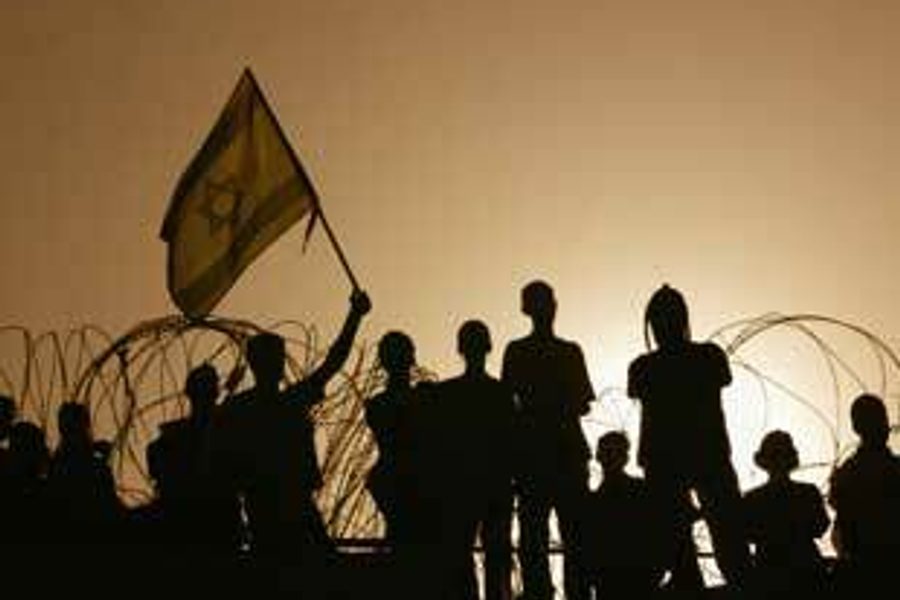
Now that the withdrawal from Gaza is underway, and the settlers being relocated have failed to transform their personal trauma into a national trauma, it is high time to ask whether or not the dismantlement of Jewish settlements and redeployment of troops will advance Israeli-Palestinian peace.
Published in 2003, James Ron’s thoughtful book Frontiers and Ghettos provides a convincing answer to this question. A sociology professor at McGill University and the Canada Research Chair in Conflict and Human Rights, Ron examines two spatial metaphors-ghettos and frontiers. He suggests that until the mid ’90s, the West Bank and Gaza Strip were Israel’s ghettos. Ghettos are densely institutionalized by the state, since they are within its legal sphere of influence, and serve as repositories for unwanted and marginalized populations. Lebanon, Ron maintains, was Israel’s frontier. Frontiers are distinguished from the state by clear boundaries, and are only thinly institutionalized arenas.
The crucial point is that these two different institutional settings determine the kind of violence employed by the state. Whereas in its ghettos the state typically uses ethnic policing, mass incarceration and harassment, at its frontiers the state is more prone to employ brutal and lawless violence.
These insights are important, even though the dichotomy that Ron poses between ghettos and frontiers can no longer be directly applied to the Occupied Territories. While Israel has in the past years substantially diluted its institutional presence in the territories, particularly in Gaza, it has also placed hundreds of thousands of Palestinians in enclaves by surrounding the Gaza Strip and parts of the West Bank with fences and walls. Thus, from an institutional perspective the Occupied Territories have been transformed into a frontier, and from a spatial viewpoint more and more people have been placed in ghettos.
The crux of the matter is that if the thinning of the institutional system leads to the intensification of violence, then one can predict that the repertoires of violence Israel employs in Gaza will become more lethal following the withdrawal. This assumption was recently corroborated by the former head of Israel’s secret services. Quoted in the Israeli daily Ha’aretz, he stated that the withdrawal will provide the military with much more freedom to act, by which he meant that Israel will be able to use forms of violence that it has previously hesitated to employ.
The change was already noticeable in the months leading to the pull out. According to the Israeli human rights organization B’tselem, in the first 10 months after the official decision to dismantle the settlements, Israeli forces killed 563 Palestinians in Gaza, whereas during the previous 10 month period 264 were killed. In contrast to earlier periods, Israel is now more willing to employ brutal violence from afar in order to quell any resistance.
Alongside the change in the kinds of violence, Ron’s model suggests that one should expect to see a corresponding change in Israel’s sense of moral responsibility toward the occupied population. And indeed, it is no longer the case that Israeli liberals underscore their country’s ethical obligations toward their occupied neighbors, as they did during the first Intifada. The human rights of Palestinians are no longer part of the liberal agenda.
Insofar as this analysis is accurate, it is likely that at least in the near future the violence Israel employs in the Gaza Strip and West Bank will become more ferocious. Surely, the Palestinians will not sit still and their reactions will no doubt also be extremely bloody. The cycle of violence will, accordingly, intensify. Such developments are, in many respects, a direct consequence of Prime Minister Sharon’s unilateral approach, since without negotiations and an attempt to reach a just and comprehensive peace it is naïve to expect that the conflict will end any time soon.






